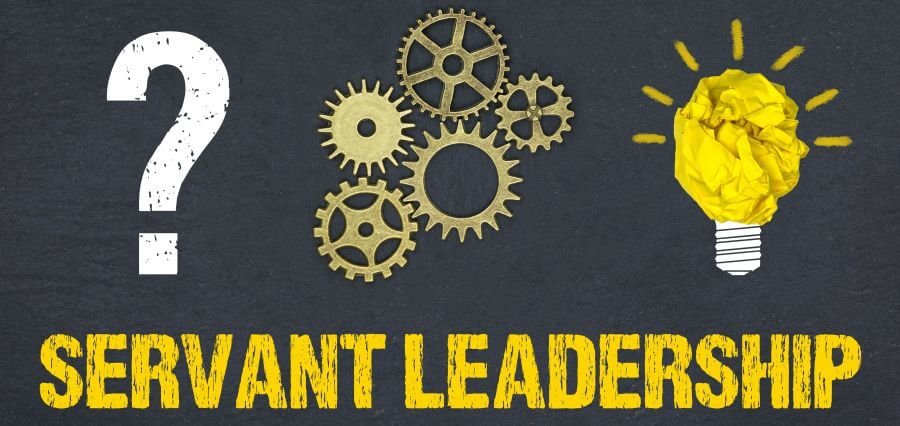Communication styles are all, communicating, talking words with other individuals, and instructing other individuals. Whether writing a business agreement or dumping someone, being able to identify and replicate all forms of communication styles can be everything. Communication dynamics is not just talking—it’s learning to react, respond, and improvise to how the other individual talks. In a global arena where miscommunication is the leading cause of conflict, proficiency in many styles of communication is not only a question of survival.
Why Communication Styles Are Important in Everyday Life
From casual conversation to effective meetings, communication styles determine how well and how efficiently we communicate. Try working with a numbers and facts person if you are one yourself, for instance. Frustration and miscommunication will result if you’re not compatible with each other’s communication styles.
All communication styles aren’t good or bad, merely different. Knowing and accepting that difference allows us not to get flustered, get more accomplished, and build solid human relationships. Verbal, non-verbal, written, or visual, communication style is equal to, if not superior to, content.
Types of Communication Styles and How They Work
Having the ability to recognize various styles of communication makes you an effective communicator in various scenarios. These are four most accepted styles:
1. Assertive Communication Style
The assertive style is the healthiest and most effective of all styles of communication in general. It is constructed upon self-confidence instead of aggression, open fences, and respectful tone. Those individuals who use assertive style present their own wants and needs without dishonesty but still remaining open to others’ beliefs.
2. Passive Communication Style
Passive communications style individuals do not explicitly express their needs or ideas. They’ll appear sloppy or careless, and resentment will build unintentionally in the long run. Passive communication between members of groups makes other individuals passive, and teamwork could be bogged down.
3. Aggressive Communication Style
This style of communication is characterized by control and disdain for others’ thoughts. Although it will lead to conformity at times, it will hurt relationships. Passive-aggressive communicators when typically seen are confrontational, intimidating, or condescending.
4. Passive-Aggressive Communication Style
This style of communication is aggressive and passive communication. It’s used most frequently in the guise of backhanded compliment, indirect contradiction, or sarcasm. This style of communication can be very debilitating in your home and work relationships because it is a lie-based style of communication.
How to Identify Your Own Style of Communication
A prerequisite to becoming an improved communicator is knowing yourself. Ask yourself:
- Do I express my opinion each time that I’m angry?
- Am I more interested in winning the argument or in watching the issue get resolved?
- Do I back away from arguments even when I disagree?
Discover your habits so that you can modify your style as per the situation. Shifting your style of communication can be as simple as not speaking so loud or being abrupt. Being adaptable is the secret to becoming an effective communicator.
Modifying Your Style of Communication According to Different Situations
There is no one style of communication that will work in every situation in the multicultural workplace and society of today. Emotional maturity is evidenced by being able to adapt, as well as enhancing your influence, persuasiveness, and inspiration.
In the Workplace
With analytical staff, you will have to be more factualized style of communication. With creative staff, visual communication or story-telling is the option. Leaders especially like being able to know when to be directing and when to be team-like.
In Personal Relationships
Emotional closeness is what sets relationships up. Being half-way to your partner’s level of style of communication—rough talk or softer letdown—is establishing trust and respect.
Improving Your Communication Style
Here are step-by-step instructions on how to enhance your communication style in every aspect of life:
- Practice Active Listening: Effective communicators listen more, they don’t speak more. Active listening involves eye contact, nods of the head, paraphrasing, and questioning to comprehend.
- Be Clear and Concise: Gossiping and sharing everything dilutes your message. Effective communication styles are clear.
- Use Open Body Language: Non-verbal body language such as posture, eye contact, and gestures tend to speak louder than the mouth.
- Know Your Audience: Tailor your tone, language, and delivery based on who you’re communicating with.
- Request Feedback: Invite others to share how they perceive your communication style and be open to constructive criticism.
Common Misunderstandings Between Communication Styles
Differences are bound to arise where there is no conflict of content but because of difference in “style of communication.” Therefore, an assertive communicator will be confrontation-prone to a passive communicator, and a passive-aggressive style will infuriate one who needs openness.
Empathy and patience are required to span the gaps. Don’t respond – stand back and sense the other’s intent and preference style. Space can be found for thoughtful, constructive dialogue.
The Future of Communication Styles in the Digital Age
Electronic communication introduced some new twists to the term communication styles. Texting, e-mail, video conferencing, and emoticons each have their own rules and interpretive intricacies. With telecommuting jobs or international alliances, awareness of cultures and time zones introduce a new level of complexity to how messages receive transmittal and interpretation.
An awareness of platform, context, and tone is important in online communication. Adapting to your communications style on these media not only assures that your message is delivered but also heard.
Conclusion: Make Communication Styles Your Superpower
There is no learning communication styles to be a good communicator; it’s learning to become a more empathic, present, and effective human being. In an increasingly networked, high-velocity world, having the skill to be able to adapt your style of communication to the moment can be a competitive differentiator if you’re leading teams, establishing relationships, or facilitating conflict.
We can all become our style of communication masters in a day of practice and, in the process, become more productive at work and in life. Communication is not an algebraic art—it is a responsive art. And listening to communication styles is the brush stroke that brings genius, elegance, and harmony to everything we do and say.







